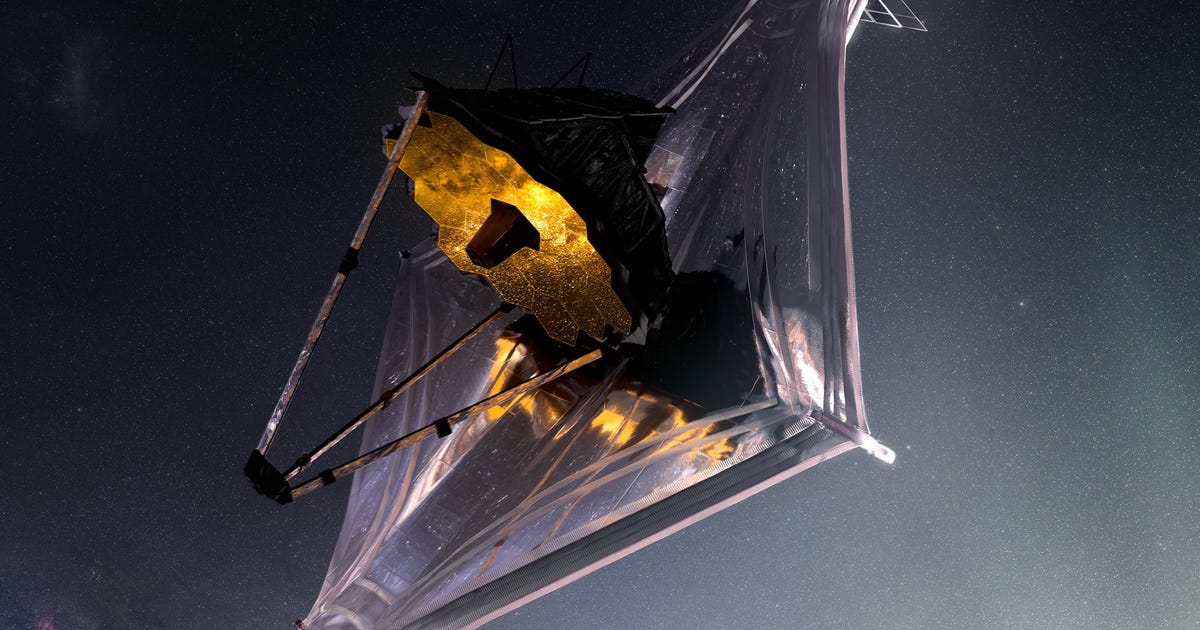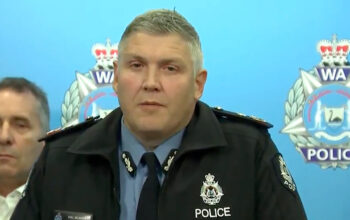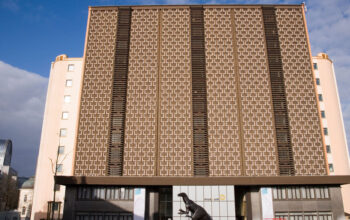
Ouch. The James Webb Space Telescope — the next-gen observatory on a mission to peer into the early days of the universe — has an injury. “Between May 23 and 25, NASA’s James Webb Space Telescope sustained an impact to one of its primary mirror segments,” NASA said in a statement on Wednesday.
The impact came from a micrometeorite, a hazard NASA knew the telescope would encounter in its orbital path around the sun. The agency described micrometeorites as “dust-sized particles flying at extreme velocities.” Engineers designed Webb’s golden mirrors to handle these particles, but this particular micrometeorite was larger than expected.
NASA delivered a key message about the telescope’s ability to handle its duties: “After a successful launch, deployment, and telescope alignment, Webb’s beginning-of-life performance is still well above expectations, and the observatory is fully capable of performing the science it was designed to achieve.” It’s still on track to deliver its first full-color science images on July 12.
Webb was purposefully overengineered. “We designed and built Webb with performance margin — optical, thermal, electrical, mechanical — to ensure it can perform its ambitious science mission even after many years in space,” said technical deputy project manager Paul Geithner. The telescope’s mirrors can be adjusted to make up for some of the distortion caused by the micrometeorite damage.
Webb is already able to maneuver its optics to protect against known meteor showers. “This most recent hit was not a result of a meteor shower and is currently considered an unavoidable chance event,” said NASA.
Space can be hard on human-made objects. Webb — a joint project from NASA, the European Space Agency and the Canadian Space Agency — has already weathered a few smaller micrometeoroid impacts. A specialized team of engineers is now looking into ways to deal with future hits like the one Webb experienced.
Space won’t get any more friendly, and Webb’s mission is just beginning. Said Webb optical telescope element manager Lee Feinberg, “We will use this flight data to update our analysis of performance over time and also develop operational approaches to assure we maximize the imaging performance of Webb to the best extent possible for many years to come.”


